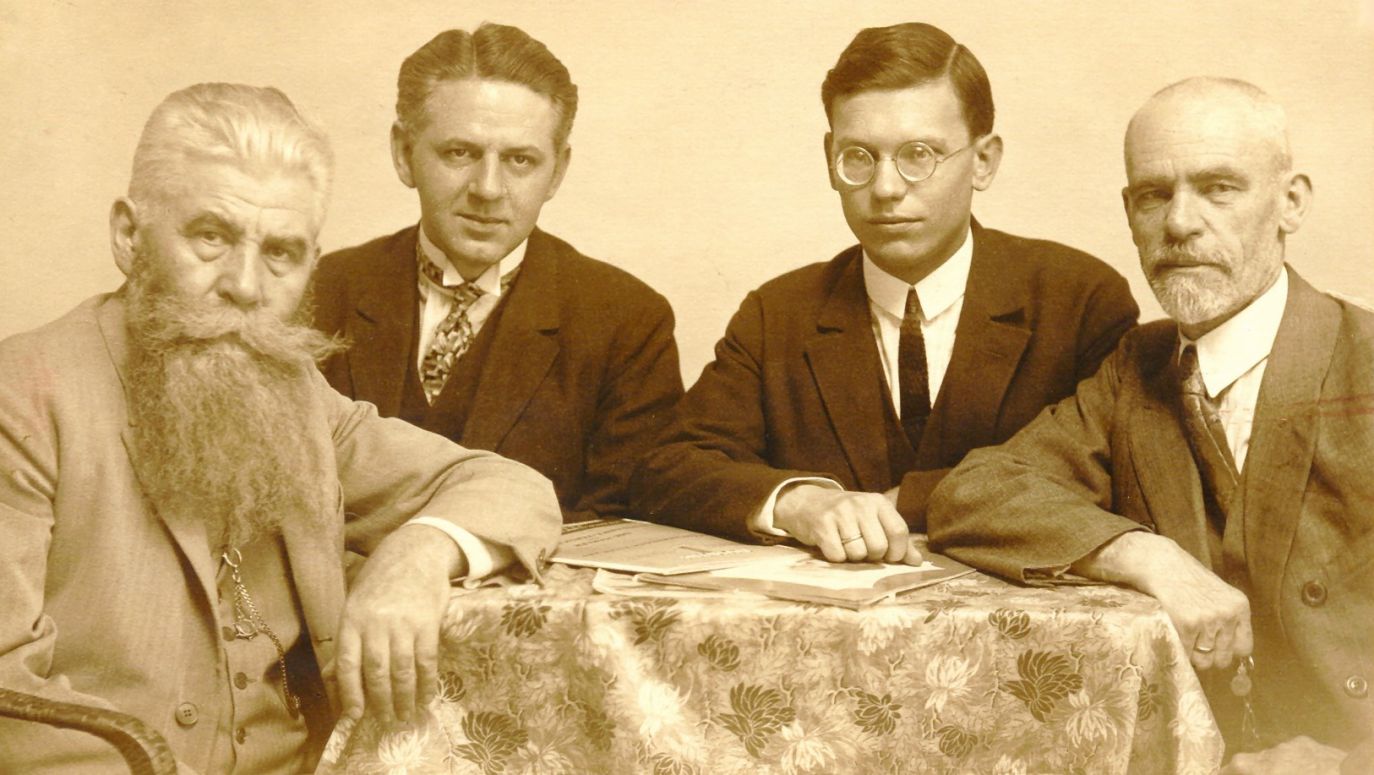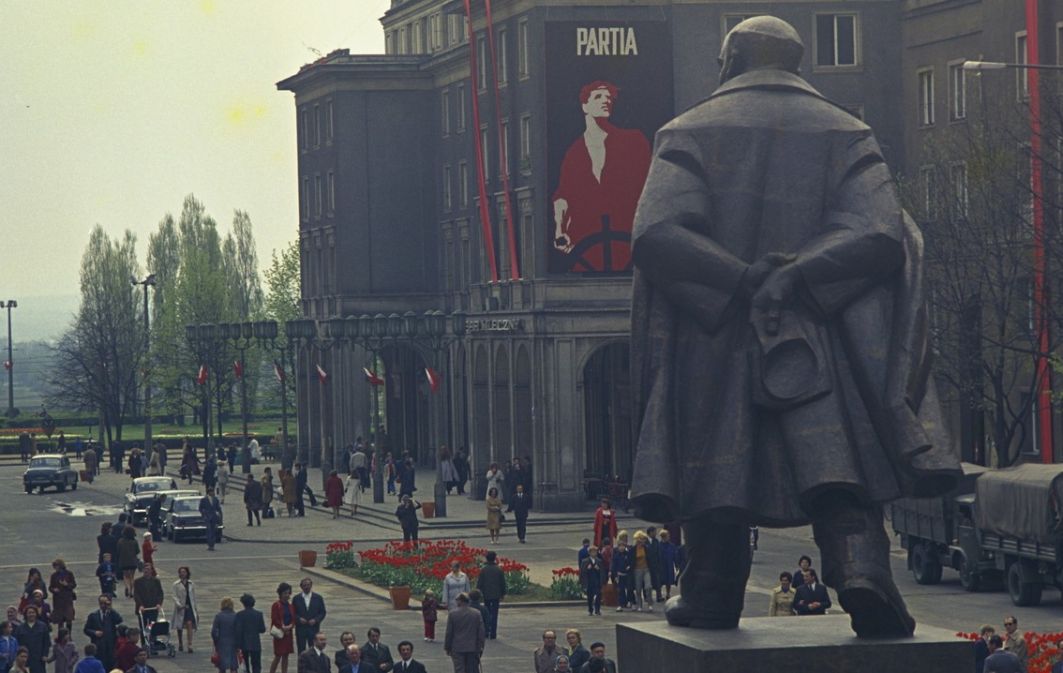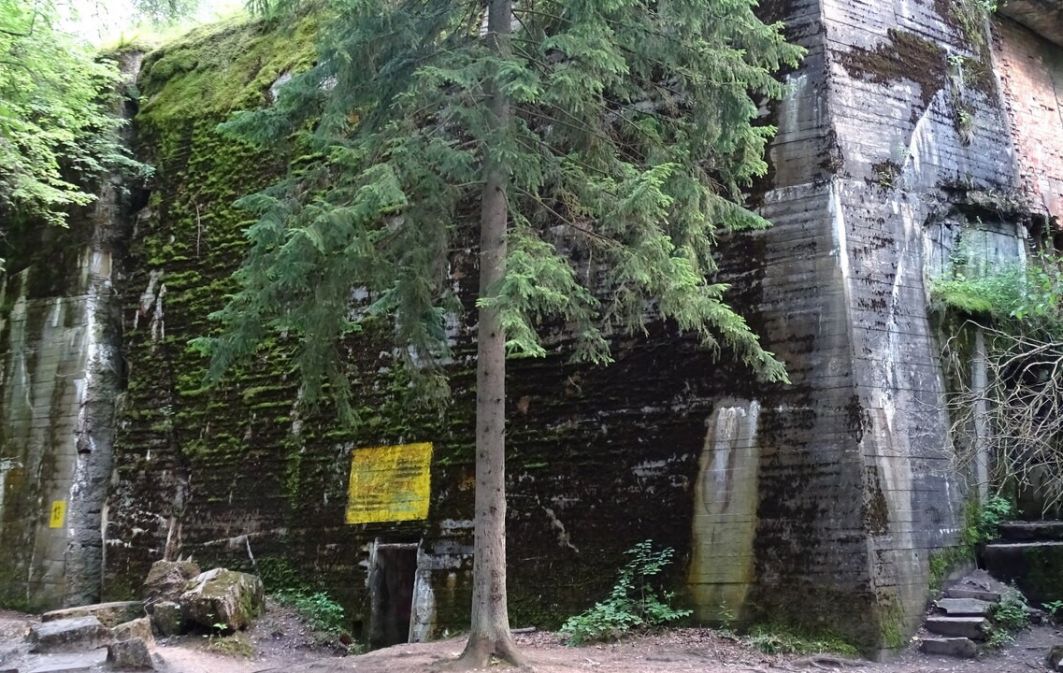Did they actually make any discoveries and write publications that science still uses today? Or did they just go there with the Abwehr and SS and rob museums in other countries of what “undoubtedly had Aryan identity,” destroying other monuments?
Before this question, every archaeologist runs like the devil from holy water. The situation is quite complicated. Ahnenerbe itself conducted excavations at 18 sites in various places around the world. It was a large research program.
Specific examples of these actions and people? The first should be the already mentioned Hans Reinhert. He was a student of Kossinna and succeeded him in a very prominent chair of archaeology at the University of Berlin. He was a member of the NSDAP, a supporter of Rosenberg not Himmler, so he worked within the framework of KfDK. He dealt with – properly – mediaeval Germanic culture. After the war, he was expelled from academia, not allowed to lecture. But strangely, he survived as the director of Germany’s oldest and very prestigious, albeit small archaeological open-air museum: Pfahlbauten Museum on Lake Constance, at the border of Germany, Austria, and Switzerland, with its famous stilt houses, excavations from 4-3 thousand years BCE. Moreover, in the 1950s, he founded the German Society for Underwater Archaeology and was known as a palynologist, a specialist in plant pollen. He lived until 1990.
Surely not just him...
The second example is Herbert Jankuch, wholeheartedly dedicated to Ahnenerbe. He also lived until 1990 and was of Lithuanian-Masurian descent. He is mainly known as the director of archaeological research at Hedeby, then called Haithabu, in Schleswig-Holstein, organised by Ahnenerbe since 1938. It was then one of the world’s largest archaeological projects. Hedeby is a large Viking settlement, Denmark’s oldest recorded city, now listed as UNESCO World Heritage. In recognition of his research, Jankuch became the head of the Ahnenerbe archaeology department in 1940. He also conducted archaeological work in Crimea, in Mangup, considered the capital of so-called Black Sea Goths. He was there, following the 5th SS Panzer Division “Wiking” (it’s worth noting it was composed of Danish, Dutch, Norwegian volunteers, etc.), he was later an intelligence officer of that division. After the war, he was arrested by the Allies, from 1945 to 1948 imprisoned specifically for these “merits” for the SS, then released but barred from lecturing at universities. However, in 1956, this right was restored, and he ended his academic career as a professor of pre- and proto-history at the University of Göttingen.
You can also mention Alexander Langsdorff, curator of Berlin’s Museum für Vor- und Frühgeschichte, as well as a Standartenführer (colonel) in the SS, responsible for the export of artefacts from Florence to Germany, etc.
So how should we, archaeologists, approach the research and discoveries, often objectively very valuable, made by these people? Not to mention that KfDK had the magazine
Deutsche Erbe, and Himmler published
Germanien, much better known. They featured publications from this research, scientific, although mixed with much more popular pseudoscientific ones. What to do now? Cite them today or not?
The ideology of Pan-Germanism was widely accepted not only by the “ethnic Germans” themselves (whatever that may mean), but also in Scandinavian countries and the Netherlands. Especially in the Netherlands, there were many, and quite good, scientists, supporters of the concept of a great influence of Proto- or Pre-Germans on all world civilizations. Such an archaeologist was Johan Christiaan Böhmers, nicknamed Assien (1912-1988), who studied in Amsterdam and earned his Ph.D. in Groningen. He conducted research on behalf of Ahnenerbe promoting him in Dolni Věstonice, a famous Paleolithic site in Czech territory after its annexation by Germany. And there he argued for traces of Germanic culture already in the Upper Paleolithic!
So these people were still using stone tools, but they already spoke German. And they rode on dinosaurs, like our ancestors according to turbo-Slavs.
We’re joking, but nothing particularly bad happened to him after the war either – he remained an academic scholar. Moreover, he also conducted research on behalf of Ahnenerbe at the Solone site in Ukraine, along with another Dutch archaeologist Frans Bursch. However, in Bursch’s biography, there is not a word about his association with Ahnenerbe. Erased. He ended up as a recognized scholar, and no one said a bad word about him. Likewise, nothing happened to Edmund Kiss, the protagonist of the beginning of this story, after the war. He lived until 1960, enjoying quite generous royalties for his books. In which he amply thanked Arthur Posnansky for his comprehensive help in their creation.
– Interview by Magdalena Kawalec-Segond
TVP WEEKLY. Editorial team and jornalists
– Translated by jz
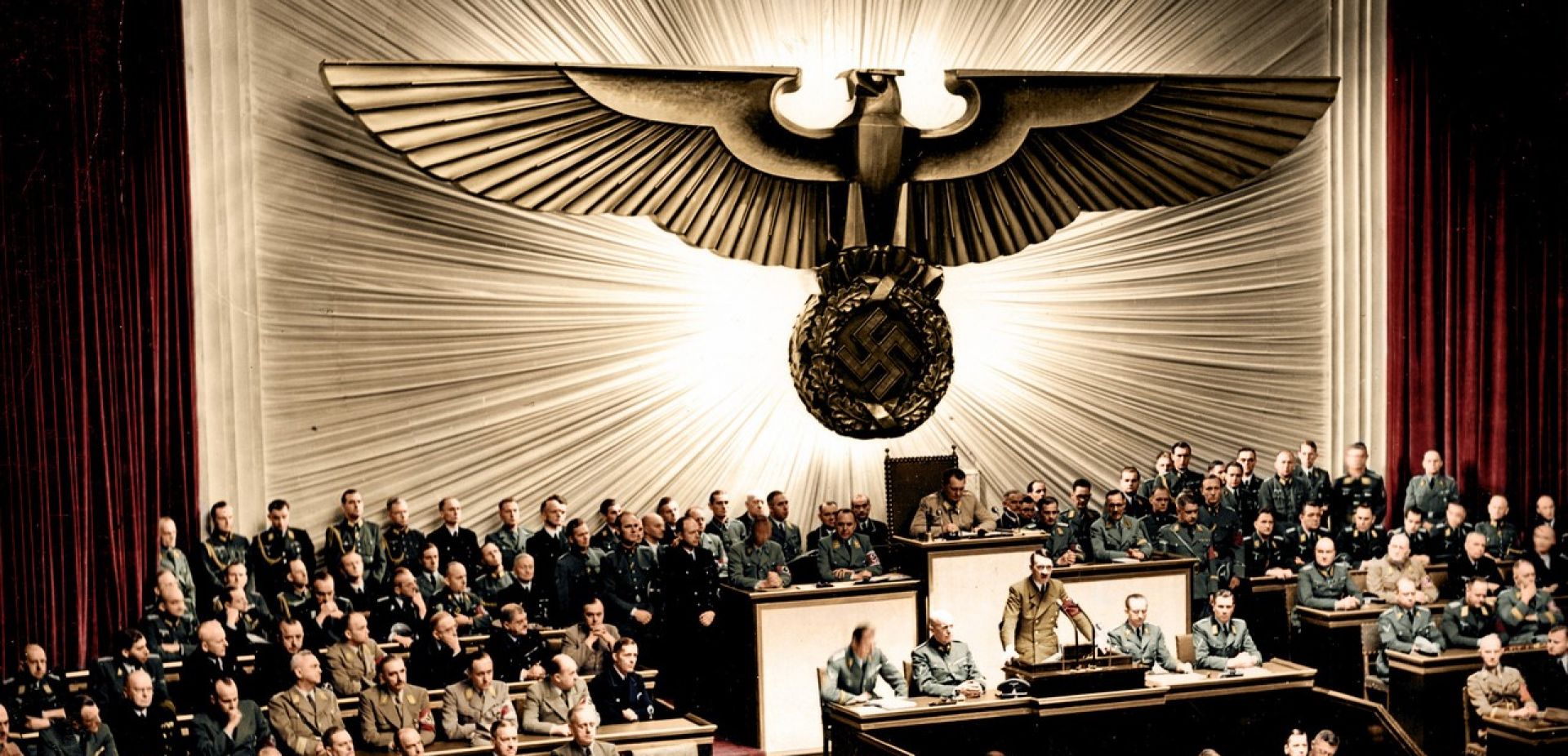
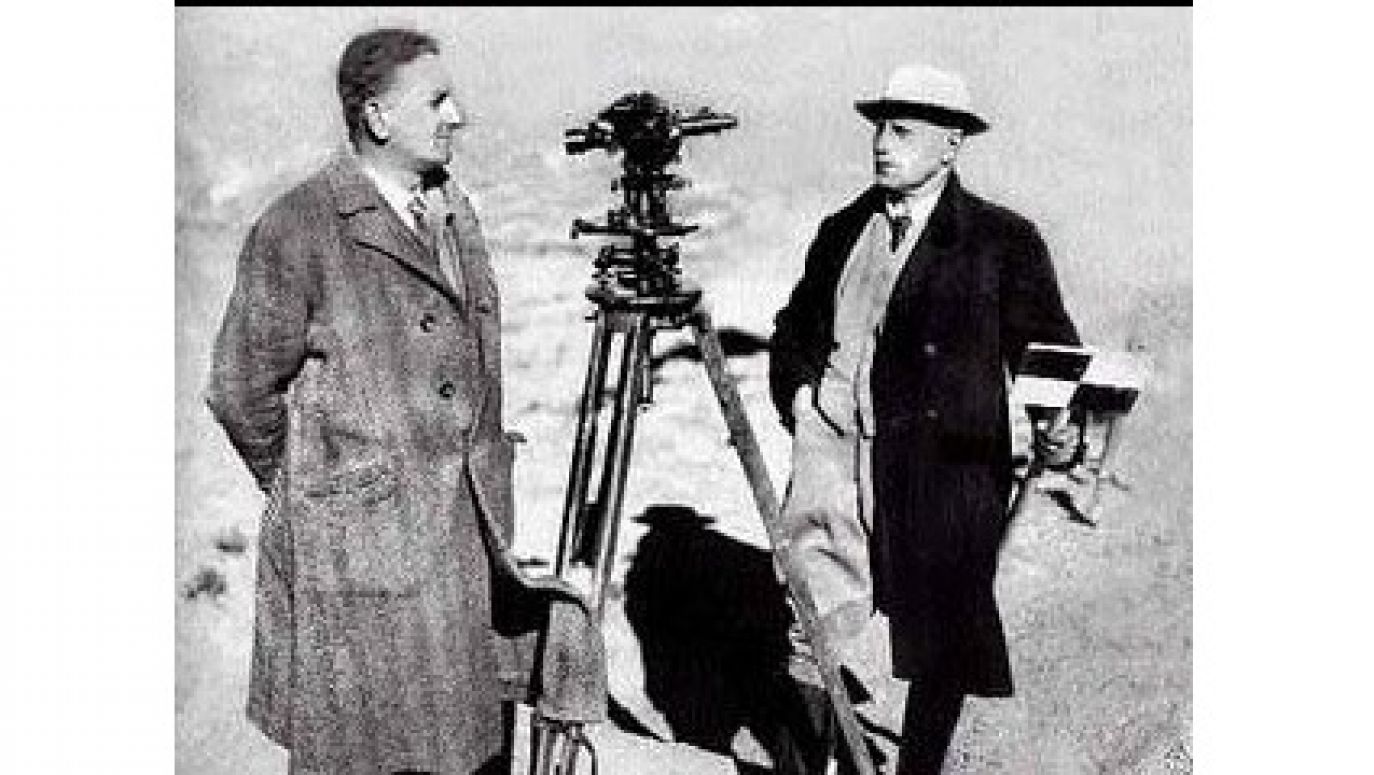
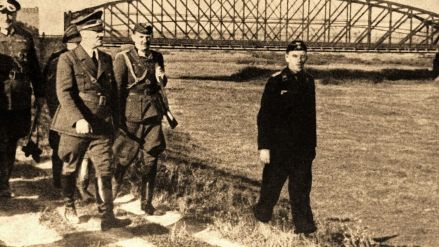
 SIGN UP TO OUR PAGE
SIGN UP TO OUR PAGE 
